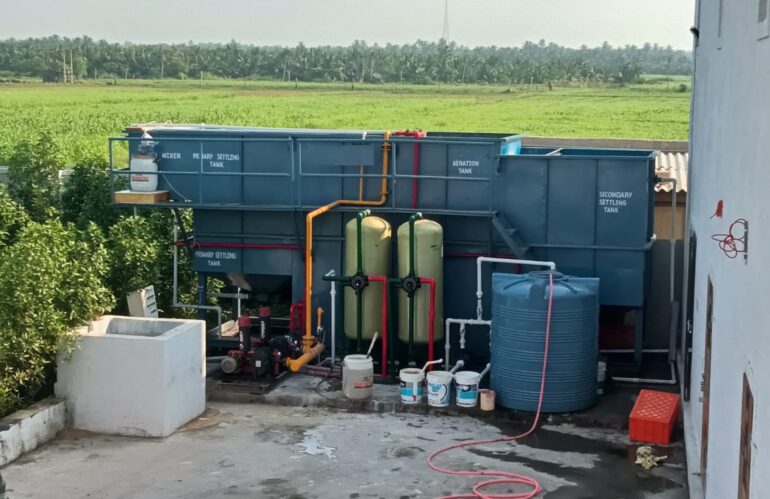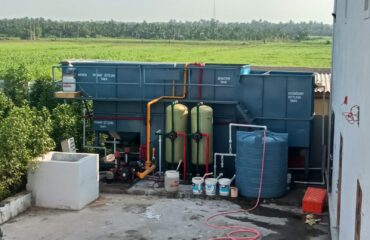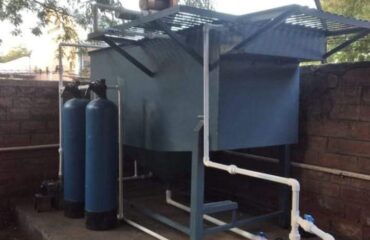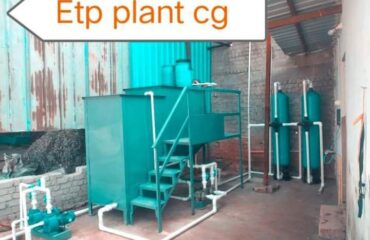Introduction
In the wake of urbanization and industrialization, Moradabad, a city in Uttar Pradesh, grapples with the challenge of managing industrial wastewater responsibly. The establishment of an Effluent Treatment Plant (ETP) in Moradabad emerges as a crucial solution to mitigate environmental impacts and ensure a cleaner future.
Understanding Effluent Treatment Plants (ETP)
Effluent Treatment Plant (ETP) plays a vital role in managing and treating industrial wastewater before it is released into the environment. This plant employs various treatment processes to eliminate contaminants, ensuring compliance with environmental regulations and promoting ecological balance.
The Relevance of ETP in Moradabad
1. Environmental Protection
Industrial activities contribute significantly to water pollution. ETP acts as a shield, preventing harmful substances from contaminating water bodies and ecosystems. By treating effluents, ETP reduces the negative impact of industries on the environment.
2. Public Health Safeguarding
Untreated industrial wastewater can carry disease-causing agents and toxins, posing a threat to public health. ETP ensures that harmful pollutants are removed, making the discharged water safe for both human consumption and ecosystem health.
3. Regulatory Compliance
Stringent environmental regulations call for responsible waste management practices. ETP enables industries to meet these regulations, avoiding penalties and fostering sustainable development.
4. Resource Conservation
Amidst growing concerns over water scarcity, ETP provides an avenue for recycling and reusing treated water. This approach conserves precious freshwater resources and reduces the strain on local water supplies.
5. Balancing Progress and Preservation
ETP serves as a bridge between industrial growth and environmental preservation. It signifies a commitment to sustainable practices that harmonize development with ecological well-being.
Functioning of ETP
- Preliminary Treatment: Screening and removal of large debris and solids from the effluent.
- Secondary Treatment: Utilization of biological processes to break down organic pollutants with the help of microorganisms.
- Tertiary Treatment: Application of advanced techniques like chemical coagulation and filtration to further enhance water quality.
- Discharge or Reuse: Treated water can be safely discharged into water bodies or repurposed for non-potable applications, promoting water conservation.
Challenges and Considerations
- Diverse Effluent Composition: Different industries produce varying effluent compositions, necessitating tailored treatment approaches.
- Technology Advancements: Staying updated with emerging treatment technologies ensures efficient pollution control.
- Maintenance and Monitoring: Regular upkeep and monitoring are essential to ensure the sustained effectiveness of ETP.
In Conclusion
The establishment of an Effluent Treatment Plant in Moradabad signifies a proactive step toward sustainable industrialization. By addressing concerns related to wastewater pollution, this plant contributes to a healthier environment and a more sustainable future. ETP exemplifies the city’s commitment to responsible growth, safeguarding both nature and communities.




